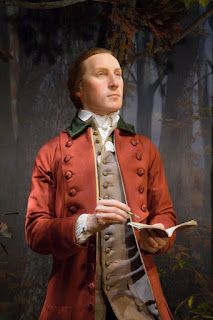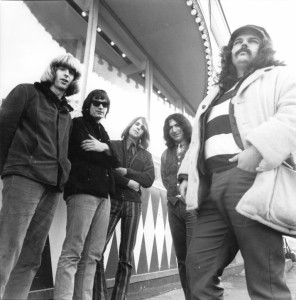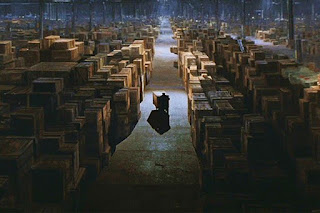Unit 10 - Reality in the Digital World
Reality in the Digital World
This week's readings focus on the idea of reality in the digital world. Are digital records real? Is a photo of an artifact real? Is a scan of an ancient text real? Do historians and audiences need to experience both the real and the digital, or is either alone good enough?
Museums traditionally display real artifacts (or admitted realistic replicas) for their audiences, but some museums are starting to embrace and leverage the digital realm too. Some museums offer pictures of prominent items, or offer virtual tours online. Some, like the Spy Museum in Washington, DC, use real items and complement them with videos, games, role playing scenarios, etc... to create a more comprehensive and real experience. The ideal is a combination of both media, but one or the other is better than neither.
To continue the real vs unreal debate, is an ebook a real book? Is a PDF file a real text? If a book never gets published in physical form, is it really a book? Though I have embraced ebooks for convenience in the past year, I still prefer and enjoy the feel and sight of a real book. The same for music. Is an MP3 album a real album? If you don't have a vinyl record, cassette tape or CD, is it real? I say yes, they are real, but they are not the same as the physical versions. Both can, and should be enjoyed, but either is still better than neither.
Mount Vernon, the home of George Washington, offers an enjoyable experience through multiple mediums and activities. Their Education Center includes films, artifacts, and interactive exhibits. One that breaches the real and unreal is a forensic analysis project that recreated statues of George Washington at various points in his life. Using forensic analysis tools, artifacts, primary sources, and secondary source, they built models to show what the President likely looked like. When you see them, they are George Washington, but they are not the President or General that you know from famous portraits or paintings. They are based upon scientific analysis, so they seem real, but they are really just an informed guess. That said, they are worth seeing (as is the whole estate).
A Young George Washington
Mount Vernon, Education Center, Reconstructing George Washington
http://www.mountvernon.org/the-estate-gardens/museum/galleries/education-center-galleries/



That's a great example of the Mount Vernon project. This real v unreal thing bothers me--yes, it doesn't bother most people, but then again most people don't remember Superman going to his cave of solitude to use his crystals that contained the images of what once had been real...
ReplyDelete